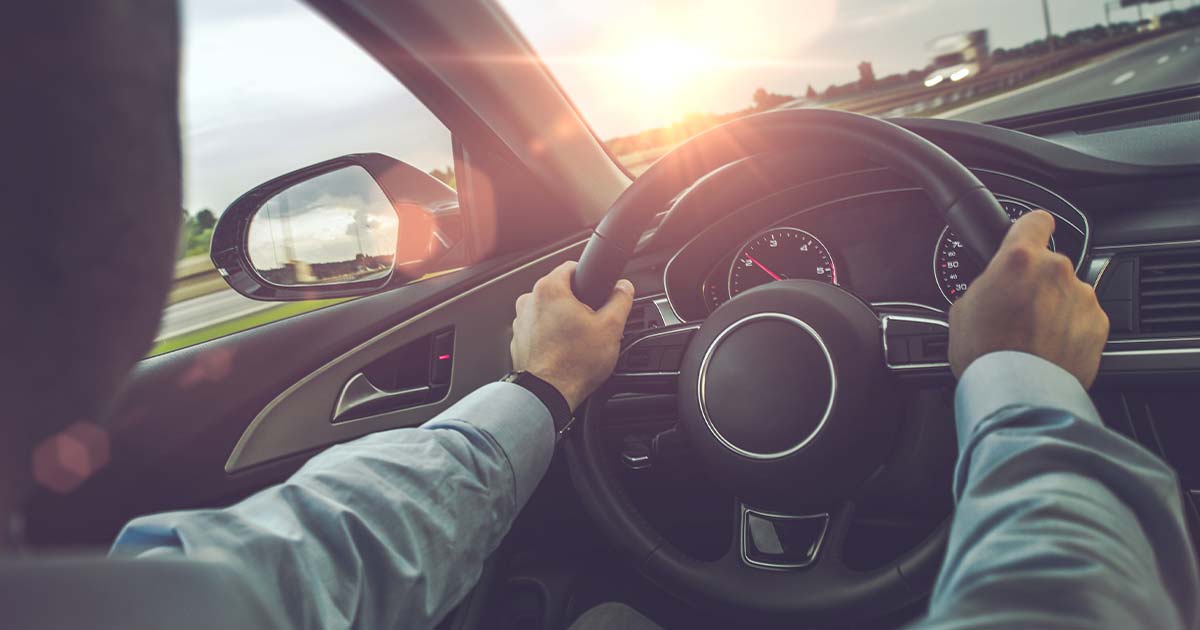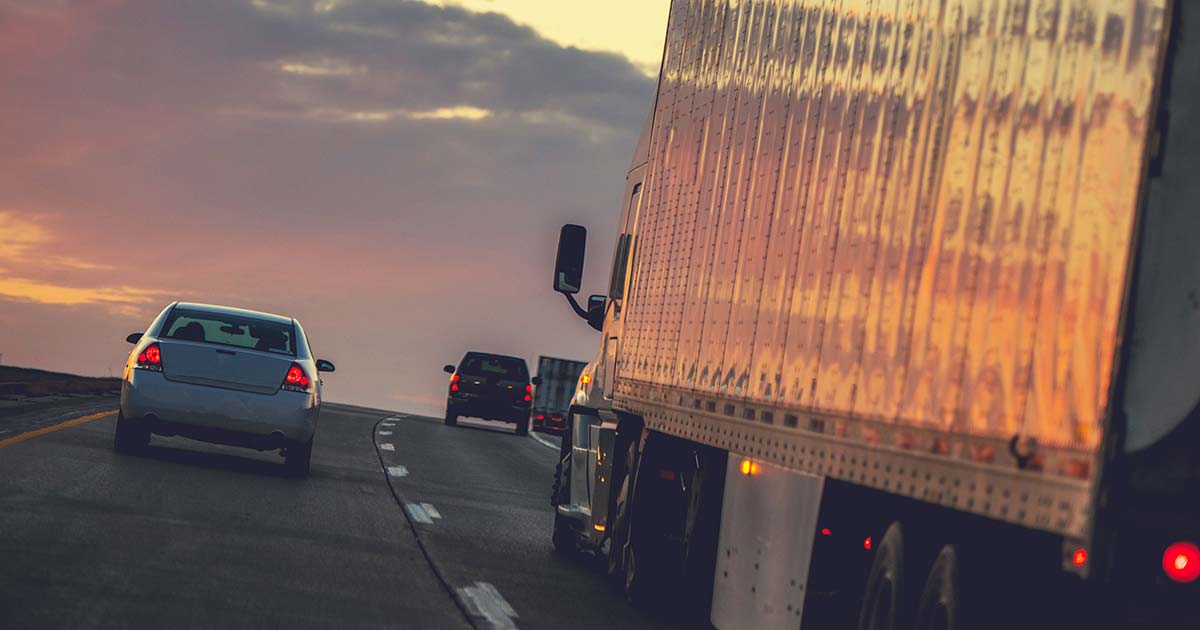
With the cost of gas hitting everyone’s pocketbooks especially hard, a new trend seems to have taken hold for some drivers – Hypermiling.
Hypermiling is the art of driving in a way that maximizes fuel efficiency. It’s all about achieving the highest possible mileage per gallon by combining safe driving habits and vehicle optimization strategies. Let’s explore the best tips and tricks for hypermiling.
Hypermiling: The Art of Driving with Maximum Efficiency
What is Hypermiling?
Hypermiling is a term coined by Wayne Gerdes, the father of hypermiling. It is a driving strategy that aims to maximize fuel efficiency by reducing the amount of fuel consumed while driving. Hypermiling involves driving techniques like coasting, accelerating gradually, and maintaining a steady speed. It also involves optimization strategies such as maintaining proper tire pressure, reducing the car’s weight, and improving aerodynamics.
By implementing these techniques, hypermilers are able to achieve higher gas mileage than the average driver. While the results may vary depending on the vehicle, hypermiling can potentially increase gas mileage by up to 50%. This means more money saved on gas and less harm to the environment.
Some Hypermiling proponents say that you can actually triple your gas mileage. While I doubt you’ll be able to triple it safely, these tips can help you at least keep some extra money at the pump!
Hypermiling Tips & Tricks: Saving gas by changing the way you drive.
To become a hypermiler, it’s important to adopt certain driving habits and vehicle optimization strategies. Here are some of the best hypermiling tips and tricks:
Keep Track of your Gas Mileage
The first step to increasing your gas mileage is to track how many miles to the gallon you’re actually getting. Start by tracking your regular driving habits over a week, and then slowly add the suggested techniques one at a time. Keep detailed records of what’s working and what’s not.
Plan Your Route in Advance
Planning your route in advance can help you avoid heavy traffic and road construction, which can increase fuel consumption. Use apps like Google Maps or Waze to monitor traffic conditions and plan the most efficient route to your destination. This will help you save time and fuel.
Knowing when and when not to use specific routes can help you save a lot of money. Before leaving home, check the local traffic conditions of any roads you plan to travel on. The key to saving fuel is to avoid highways where the speeds drop below 45 mph.
Stop Driving aggressively
Aggressive drivers apply there brakes up to 25% more than the average driver. All that extra braking wastes a lot of gas. Fuel economy is increased when acceleration and braking are minimized.
Accelerate Gradually
Accelerating gradually is one of the most effective hypermiling techniques. Rapid acceleration consumes more fuel than gradual acceleration. When you need to accelerate, do so gently and smoothly. This will help you maintain a steady speed while reducing fuel consumption.
But of course, there are some caveats. In fact, true hypermiling experts say that once you master the technique, testing shows that accelerating quickly and smoothly, when combined with proper braking techniques, can cut fuel consumption by 35.4 percent.
While most people are often told to accelerate slowly, the fact is, people who push down on the accelerator quickly and then shift quickly seem to be the ones who save the most gasoline. The key is to keep the revolutions per minute low.
Maintain a Steady Speed
Maintaining a steady speed is crucial for hypermiling. Rapid accelerations and sudden braking can reduce fuel efficiency. Use cruise control whenever possible to maintain a consistent speed. This will also reduce driver fatigue and improve safety.
Reduce Speed
Speeding not only puts you and other drivers at risk, but it also consumes more fuel. To maximize fuel efficiency, reduce your speed. The faster you go, the more wind resistance your car experiences, which uses more fuel. By reducing your speed, you can potentially increase gas mileage by up to 33%.
Coast to a Stop
Coasting to a stop is another effective technique for hypermiling. When you’re approaching a red light or a stop sign, coast to a stop instead of braking abruptly. This will conserve momentum and reduce the need for acceleration, ultimately reducing fuel consumption.
Let your foot off the gas the second you see a red light, and then let your vehicle coast to the light. Try to minimize the time you spend entirely stopped with your engine idling. Remember that coasting with a vehicle, not in gear, is illegal in most U.S. states.
Turn off the Engine
Turning off your engine while idling can save a significant amount of fuel. If you’re waiting for someone, turn off the engine instead of keeping it on. However, it’s important to note that turning off the engine while driving can be dangerous and is illegal in some states.
Maintain Proper Tire Pressure
Maintaining proper tire pressure is crucial for hypermiling. Underinflated tires can increase fuel consumption by up to 3%. Check your tire pressure regularly and inflate your tires as needed. You can find the recommended tire pressure for your vehicle in your owner’s manual or on the driver’s side door jamb.
Reduce Weight
Reducing the weight of your vehicle can improve fuel efficiency. Remove any unnecessary items from your car, such as golf clubs or luggage. This will reduce the amount of energy required to move the car, ultimately reducing fuel consumption.
Improve Aerodynamics
Improving the aerodynamics of your vehicle can also improve fuel efficiency. Remove any roof racks or bike racks when they’re not in use. Close all windows, since open windows increase drag and reduce fuel efficiency. Additionally, it’s important to maintain a clean car, since dirt and debris can also increase drag.
Use the Right Fuel
Using the right fuel can also improve fuel efficiency. Check your owner’s manual to determine the recommended fuel type for your vehicle. Using a higher octane fuel than recommended does not improve fuel efficiency or performance.
Hypermiling Techniques to Avoid

While hypermiling can be an effective way to save money on gas, it’s important to be aware of certain techniques that can be dangerous or harmful to your vehicle. Here are some hypermiling techniques that can be dangerous and should not be implemented:
Coasting in Neutral
One hypermiling technique that is often touted as a way to save fuel is coasting in neutral. This involves shifting into neutral and coasting down hills or approaching a red light or stop sign. While this can indeed save fuel, it is also very dangerous. When you shift into neutral, you lose the ability to accelerate or brake quickly if you need to, which can be especially dangerous in emergencies. Additionally, coasting in neutral puts unnecessary wear and tear on your transmission.
Turning Off the Engine at Red Lights
Another hypermiling technique that is sometimes recommended is turning off your engine at red lights or when idling for extended periods of time. While this can save fuel, it can also strain your car’s battery and starter motor unnecessarily. Additionally, many newer cars have auto-stop/start features that are designed to save fuel without requiring the driver to manually turn off the engine.
Drafting
Drafting is a hypermiling technique that involves following closely behind another vehicle in order to reduce wind resistance and improve fuel efficiency. While this may work in certain situations, such as on highways with light traffic, it can be very dangerous. Following too closely behind another vehicle can significantly increase your risk of a collision, especially if the vehicle in front of you suddenly brakes or swerves.
Saving Gas is great, but it won’t help you when you’re dead or sitting in jail for driving like an idiot.
Ride the ridge
Riding the ridge means riding along the painted white line of the road, which many claim decreases friction. Friction, or rolling resistance, decreases fuel economy by adding drag to the vehicle. Riding these lines can help decrease that friction.
Overinflating Tires
Overinflating your tires is sometimes recommended as a way to reduce rolling resistance and improve fuel efficiency. However, this can actually be harmful to your tires, as overinflating them can cause them to wear unevenly and reduce their lifespan. Additionally, overinflating your tires can make your car less stable and more difficult to control, especially in wet or slippery conditions.
Blocking the Radiator
Some hypermiling enthusiasts recommend blocking the radiator with cardboard or other materials to reduce drag and improve fuel efficiency. However, this can cause your engine to overheat, leading to potentially costly damage. Additionally, blocking the radiator can reduce your ability to defog your windshield, which can be dangerous in cold or rainy weather.



Be the first to comment